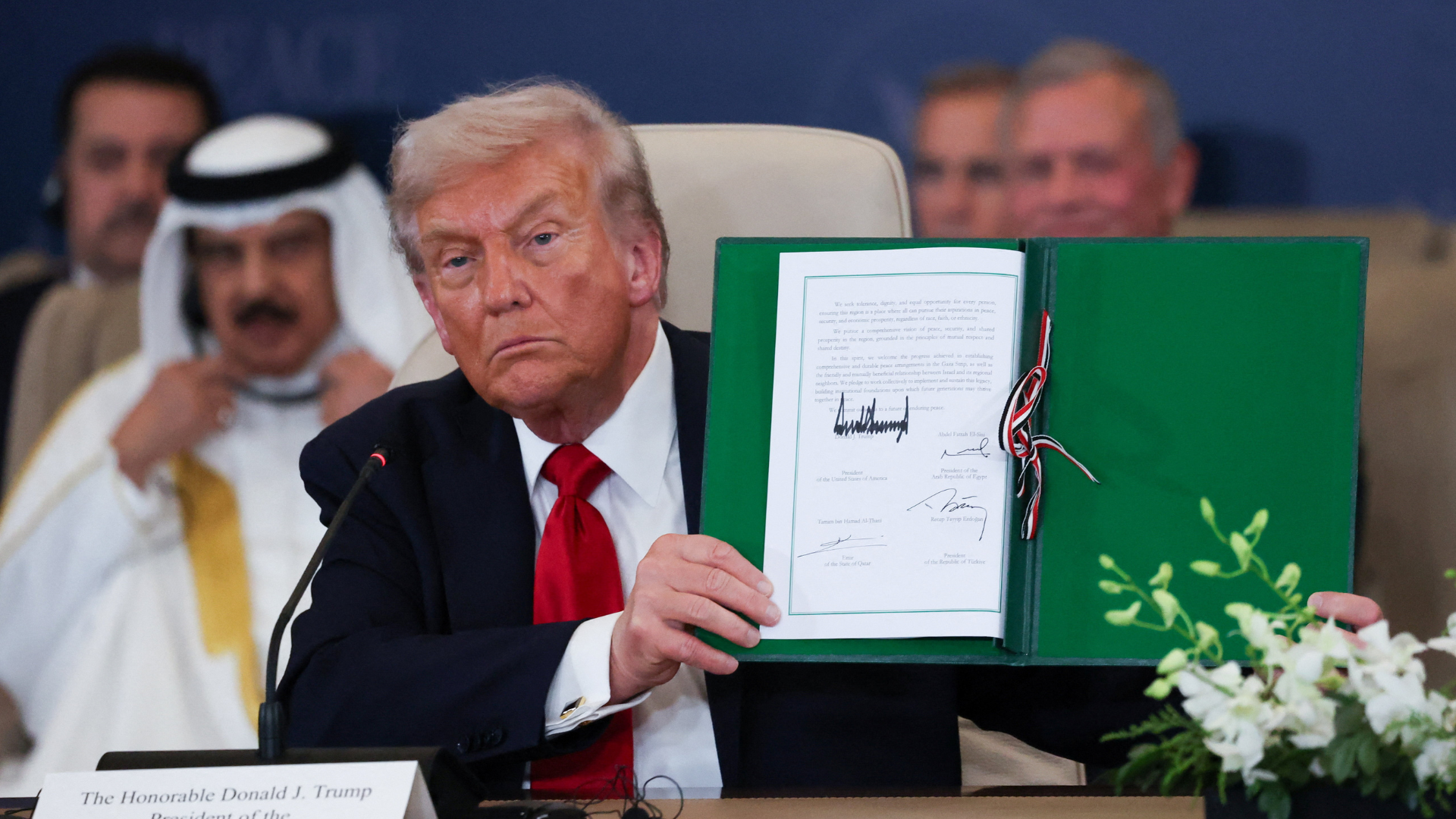A New Chapter for Gaza and the Middle East
The announcement of the Gaza peace plan has brought a rare moment of optimism to a region long defined by division. Surrounded by leaders from Egypt, Qatar, and Turkey, President Donald Trump declared the start of a “new and beautiful day” as the ceasefire between Israel and Hamas officially took hold. The declaration, signed in Sharm el-Sheikh, represents the culmination of months of negotiation and behind-the-scenes diplomacy. These efforts were aimed at achieving lasting stability in Gaza.
As part of the first phase of the plan, Israel is releasing 250 Palestinian prisoners and more than 1,700 detainees held during the conflict. This is in exchange for the remaining Israeli hostages. The gesture, symbolic and strategic, has been received as a significant confidence-building measure. It could set the stage for broader reconciliation. Egyptian President Abdel Fattah al-Sisi described the summit as a “historic milestone,” emphasizing that regional cooperation would now shift toward reconstruction and governance.
Beyond the immediate ceasefire, the peace plan envisions rebuilding Gaza’s critical infrastructure—roads, hospitals, and energy systems—to support long-term recovery. International organizations such as the United Nations Relief and Works Agency (UNRWA) and the World Bank are expected to play key roles in coordinating humanitarian assistance and economic redevelopment.
Rebuilding Gaza: Economic and Humanitarian Challenges
While political agreements set the framework, the reality on the ground in Gaza remains deeply complex. The peace initiative calls for an international reconstruction fund that will prioritize housing, healthcare, and education. Economists predict that sustained investment could help reestablish local industries, reduce dependency on aid, and stabilize population displacement.
Environmental restoration will also be central to the rebuilding process. The United Nations Environment Programme (UNEP) has previously outlined how post-conflict zones require not only physical reconstruction but also ecological repair. In Gaza’s case, this includes restoring access to clean water. It also involves addressing widespread land degradation caused by years of conflict.
The success of these efforts will depend on consistent international support and transparent administration of aid. Coordination between regional governments, NGOs, and local communities will be crucial. As reconstruction progresses, there is growing discussion about the future governance of Gaza. Specifically, whether the Palestinian Authority will play a formal role in managing civil administration and border control.
A Strategic Diplomatic Realignment
The Gaza peace plan has broader implications beyond the immediate truce. Trump’s emphasis on what he called “the historic dawn of a new Middle East” signals a shift toward pragmatic alliances. These alliances are based on security and economic cooperation. Israel and its regional neighbors, including Egypt and Turkey, are expected to collaborate more closely. They will focus on security, trade, and resource management.
Observers note that this diplomatic thaw could lay the groundwork for new regional economic corridors. This is especially true for those linked to the Middle East Green Initiative and similar projects. These focus on sustainable infrastructure. Such initiatives not only promote environmental goals but also serve as confidence-building measures. They bring together nations once defined by hostility.
In Jerusalem, Trump’s address to the Knesset reinforced the symbolism of reconciliation. He emphasized that peace requires “courage to forgive, strength to rebuild, and wisdom to look forward.” As negotiations continue into the next phases of the agreement, questions remain about long-term security guarantees and political representation. However, with reconstruction beginning and diplomatic channels reopening, the Gaza peace plan represents the most ambitious step toward regional stability in decades.







